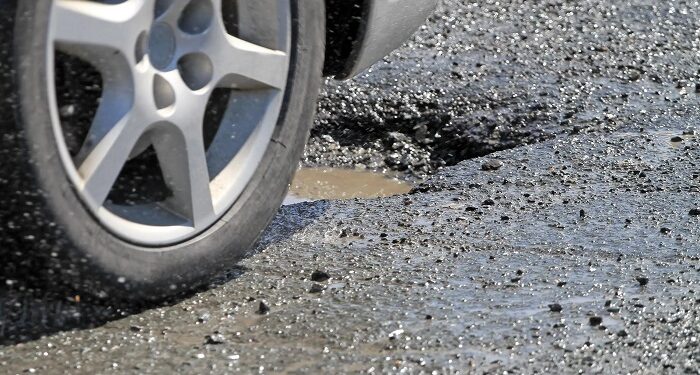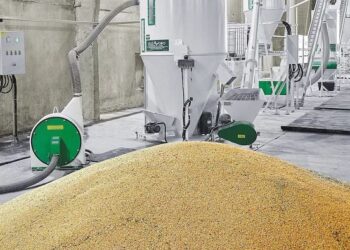Maintaining the asphalt surface on roads in proper condition is a guarantee of safety for motorists.
Tarmac resurfacing Great Yarmouth is a fundamental aspect of maintaining the functionality and safety of paved surfaces. Whether on bustling motorways, serene residential driveways, or expansive car parks, this process ensures that asphalt surfaces remain durable, smooth, and visually appealing. Despite its unassuming nature, tarmac resurfacing is integral to modern infrastructure, providing a cost-effective solution to extend the life of roads and pavements while addressing critical safety and usability concerns.
Over time, all paved surfaces are subject to the forces of wear and tear. Heavy traffic, fluctuating weather conditions, and exposure to pollutants gradually degrade even the most robust asphalt. Cracks, potholes, and uneven surfaces are not merely aesthetic issues; they pose significant safety hazards for drivers, cyclists, and pedestrians alike. Tarmac resurfacing serves as a proactive measure to counteract these problems, reinforcing the surface and restoring its original strength and appearance.
The process of tarmac resurfacing Thetford is methodical and begins with a detailed assessment of the existing pavement. Experts inspect the surface for cracks, deformation, and subsurface damage. This evaluation determines whether resurfacing alone will suffice or if deeper structural repairs are necessary. Such an analysis ensures that the chosen solution is both efficient and durable, addressing current issues while preventing future ones.
Once the assessment is complete, preparation of the surface is the next crucial step. This often involves cleaning the area to remove debris and contaminants, repairing larger cracks and holes, and, if required, milling the top layer of damaged asphalt. Milling creates a smooth, even base for the new tarmac layer and ensures proper adhesion. Without thorough preparation, even the best resurfacing efforts can falter, highlighting the importance of this stage.
The resurfacing itself involves the application of a fresh layer of asphalt. This layer is meticulously spread and compacted using specialised machinery to create a uniform, durable surface. The result is a pavement that not only looks revitalised but also performs optimally under the stress of daily use and environmental challenges.
Safety is one of the most immediate and impactful benefits of tarmac resurfacing. Damaged or uneven surfaces can lead to accidents, particularly in high-traffic areas. Cracks and potholes can cause vehicles to swerve, lose control, or sustain damage, while pedestrians risk trips and falls. By addressing these hazards, resurfacing provides a safer environment for all users, significantly reducing the likelihood of accidents.
Aesthetic improvement is another significant advantage. Over time, asphalt can fade and appear worn, detracting from the overall look of a property or public space. Tarmac resurfacing rejuvenates the surface, restoring its rich, black finish and giving the area a clean, professional appearance. This is particularly important in commercial settings, where the condition of access roads and parking areas reflects on the business as a whole.
From an economic perspective, tarmac resurfacing offers excellent value. While it requires an initial investment, the long-term savings are substantial. Regular resurfacing prevents the need for more extensive and expensive repairs, such as full-depth reconstruction, and extends the overall lifespan of the pavement. For property owners and municipalities alike, this translates to better resource allocation and reduced maintenance costs.
Environmental sustainability is also a growing consideration in tarmac resurfacing. Advances in asphalt technology now allow for the use of recycled materials, reducing the environmental impact of resurfacing projects. Additionally, longer-lasting materials and techniques mean fewer interventions are needed over the surface’s lifetime, further minimising resource use and emissions.
The versatility of tarmac resurfacing ensures its applicability across a wide range of environments. On highways, it improves ride quality and reduces vehicle wear and tear. In residential areas, it restores driveways and paths, ensuring safe and smooth access. For commercial properties, it enhances the functionality and appearance of parking lots, accommodating both safety and organisational needs. Regardless of the setting, resurfacing provides a tailored solution that meets the specific demands of each project.
Weather resilience is a key feature of well-maintained asphalt surfaces. Tarmac resurfacing helps protect pavements against the damaging effects of water infiltration, freeze-thaw cycles, and temperature extremes. By sealing cracks and reinforcing the surface, it prevents water from penetrating the pavement and causing further damage. This protection is especially critical in regions with harsh climates, where untreated damage can quickly escalate.
In conclusion, tarmac resurfacing is an indispensable component of infrastructure maintenance. It ensures that roads and other paved surfaces remain safe, functional, and visually appealing, addressing both immediate concerns and long-term durability. By combining safety enhancements, aesthetic improvements, cost savings, and environmental considerations, resurfacing supports the ongoing use and sustainability of critical infrastructure. Whether for a motorway, a residential driveway, or a commercial car park, investing in tarmac resurfacing is a practical and forward-thinking choice that benefits everyone.















